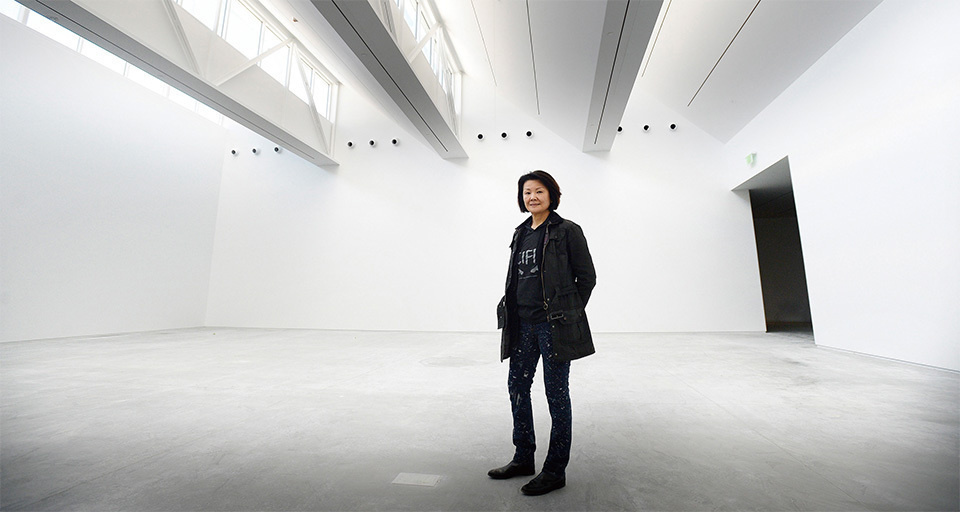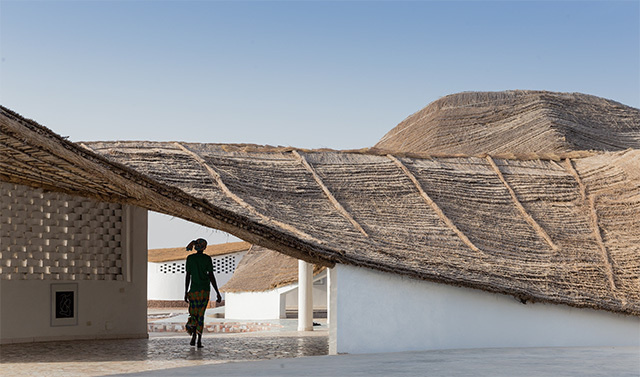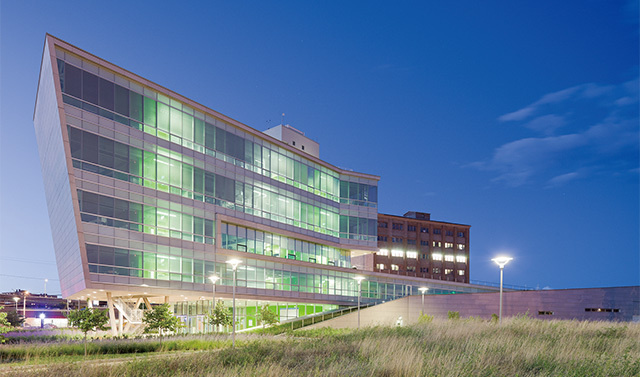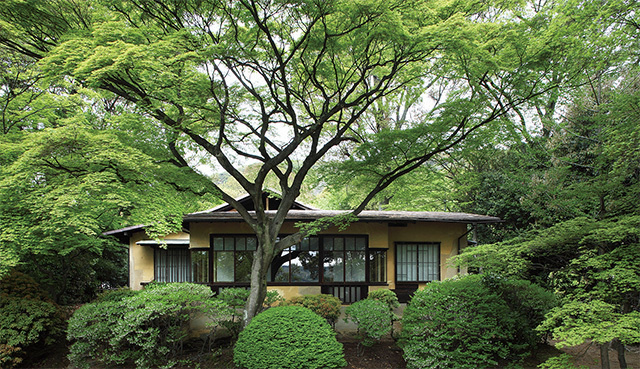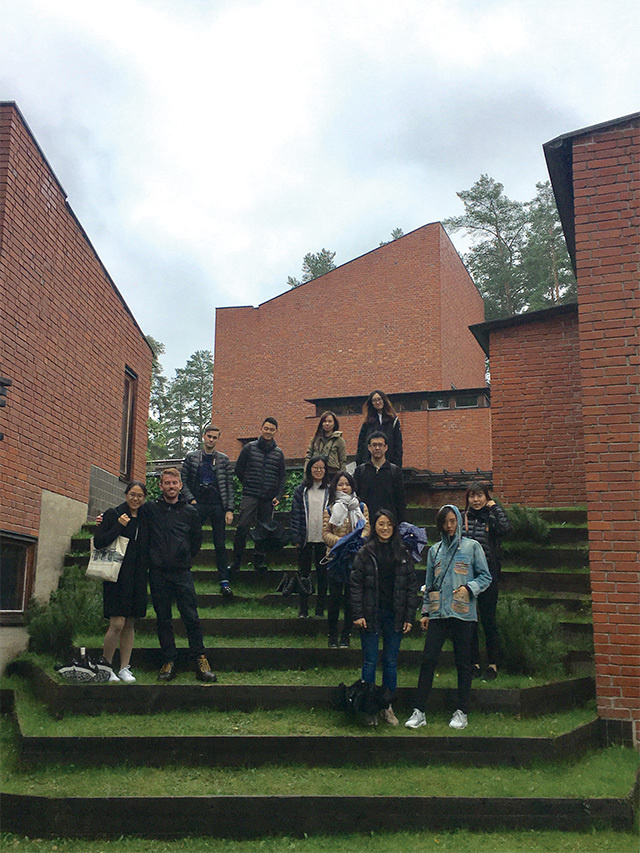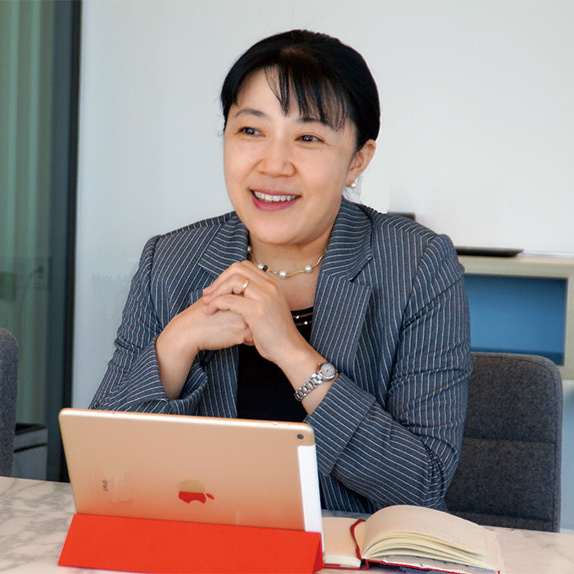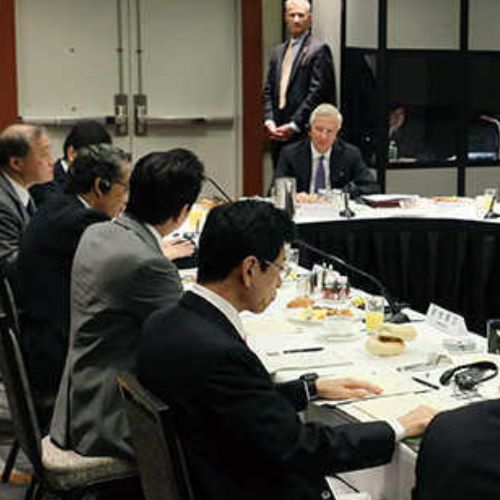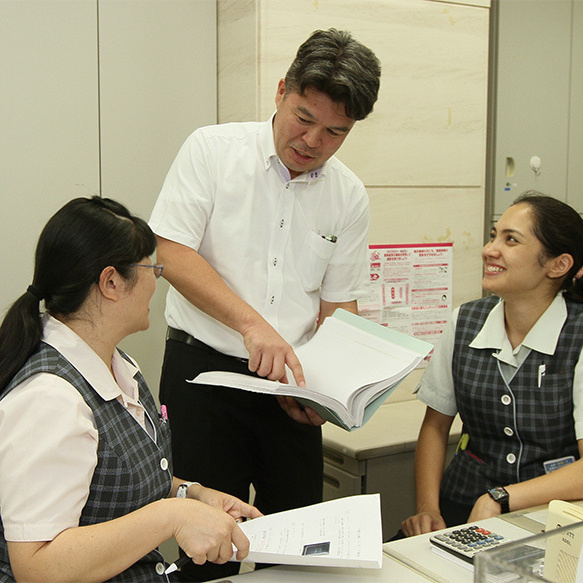Recently, Japanese architects have received significant global recognition. An American online art sector platform called Artsy included three of them among 15 architects showcased in its article “These Architects Are Transforming the Way We Experience Art.” Along with Tadao Ando and the firm SANAA, one of the Japanese architects included in the list is Toshiko Mori. Based in New York City, Mori predominantly designs residential, institutional and cultural buildings in the United States. She has received numerous awards, including the Academy Award in Architecture from the American Academy of Arts and Letters, and from 2002 to 2008, she chaired the Department of Architecture at Harvard University Graduate School of Design.
Thread: Artists Residency and Cultural Center, Sinthian, Senegal, 2015
Constructed with a thatched roof, sun dried mud bricks and bamboo, the center was built with local materials and labor. Its defining characteristic of a steep thatched roof harvests rainwater that serves nearly 30% of the village’s household needs.
Mori’s designs connect visual beauty with functionality and convey timeless and universal qualities. For every project, she conducts thorough research on the program and context to gain deeper understanding of clients’ needs as well as understanding of nuances of site conditions. “The real lives of buildings begin when people occupy them. They must be designed for long-term use and the experience of occupants. I make sure to study the site closely to try to understand the specifics of its locale, to see how a new construction can be harmonized with its surroundings to ensure it passes the test of time,” Mori explains. Her architectural philosophy is partially based on a practice that can resonate with traditional Japanese ways of thinking. For example, her approach includes rich and imaginative interior spaces that enhance the daily life of inhabitants. She finds that “In Western architecture, emphasis on verticality dominates its spatial order, while Japanese tradition promotes horizontality. It is largely derived from a lifestyle closely associated with floor surfaces that connect spaces in horizontal sequences. Because of this, horizontal orientation helps architecture to operate at an intimate human level.”
“The prominence and strength of contemporary Japanese architects in the global scene is due to the collective talent of this group which demonstrates a unique ability to integrate diverse ideas and concepts, and distill that complexity into simple, clear and fresh ideas,” Mori points out.
Syracuse University Center for Excellence for Energy and Environment, Syracuse, USA, 2010
The building houses a collaborative federation of experts on environmental research such as chemistry, engineering, material science, psychology, and thermodynamics. Topics such as strategies for energy efficiency, indoor environmental quality and site remediation techniques were discussed throughout the project.
There has been a long tradition of this practice, and she points out Japanese modernist architecture as a notable example: “Western architects such as Frank Lloyd Wright and Alvar Aalto were influenced by traditional Japanese architecture. In turn, Japanese architects adapted the essence of the work of Western modern architecture, yet they combined it with their own culture and tradition, creating a brilliant hybrid. This body of work is distinct because it shows rich dialogue that connects modernism to the tradition and vernacular of Japanese architecture.”
In recent years, the advances made by women not only in Japan but in the rest of the world in the field of architecture have been significant. Mori sees this trend as a welcome and positive one that is creating new role models for the next generation which previously did not exist. Additionally, she points out, “For women to increasingly participate in the field of architecture, surrounding industries need to step up inclusion of women as well, such as in construction industries, engineering disciplines, real estate development, and other important roles. Architecture is a team effort that requires a diverse sector of players. True parity and progress can only be achieved if everyone steps up to the plate.”
Mori continues to devote her time to teaching at Harvard GSD. “My mentor, John Hejduk, often spoke of teaching as a social contract for architects; that it is our social responsibility to cultivate the next generation. Working together with my students is an exciting challenge which continues to inspire me.”
Chochikukyo, an early modern house full of inventive ideas for housing that’s environmentally suited for the Japanese site and climate, fused with and inspired by traditional Japanese sukiyazukuri design and traditional Japanese craftsmanship. The building was once threatened with demolition but it was designated as an Important Cultural Property by the Japanese government in June of 2017. It continues to be maintained and cared for by a group of volunteers.
In order to teach the next generation of architects the significance of architecture in global context, Mori takes her students at Harvard GSD to different places in the world. This fall, Mori and her students are speculating about contemporary uses for one of Alvar Aal to’s masterpieces, Saynatsalo Town Hall in Finland, which is threatened by obsolescence and possible demolition.


























